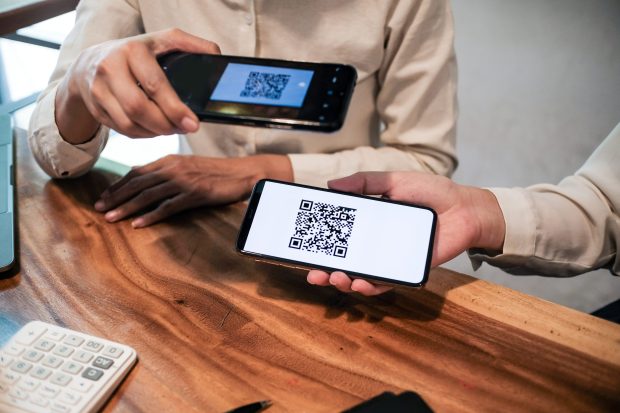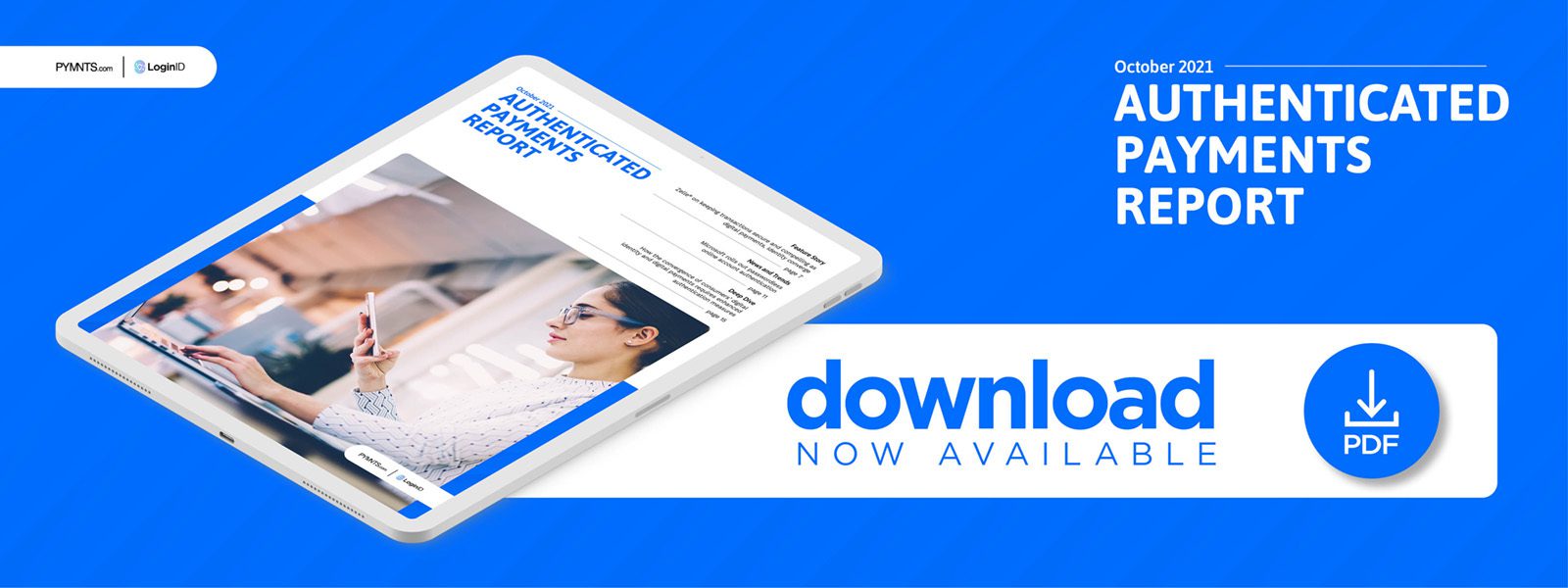Deep Dive: How Emerging Authentication Options Impact Digital Payments

While cashless payments were a popular payment alternative before the pandemic, they have since become nearly ubiquitous as digitally-savvy consumers were driven to online shopping and safer in-person alternatives by the pandemic’s social distancing requirements. As a result, the global digital payments industry is forecast to hit a value of $6.6 trillion this year, a 40% increase from two years ago, and could reach $10.5 trillion in the next four years.
The payments landscape has seen the emergence of new cashless payment options in recent years, such as mobile wallets, peer-to-peer payments, real-time payments and digital currencies, all of which have found widespread adoption. As a result of surging innovation, mobile payments are expected to grow nearly 50% to a value of $4.6 trillion by 2025.
As consumers increasingly rely on cashless payment options for in-store, online and mobile transactions, legacy authentication methods such as passwords are giving way to more efficient and secure options. Strong digital authentication measures play a vital role in providing users with reliable and secure access to their preferred banks, merchants and service providers.
This month’s Deep Dive examines the growing use of cashless payments across online and brick-and-mortar outlets and how the convergence of consumer identity and digital payment requires enhanced authentication measures. It also delves into how digital authentication tools can help banks and merchants verify customer identity and guarantee that financial and personal information is kept secure and protected.
The Rise of Cashless Payment Options
Bank customers widely embrace digital channels and increasingly adopt new payment methods, such as digital wallets and QR codes. Recent PYMNTS research has found that 50% of consumers have increased their use of online or mobile banking in the past year, with young adults, affluent consumers and urban residents most likely to do so.
Indicating that digital money is now part of their payment toolkits for online and in-store shopping, 49% of consumers currently use digital wallets to pay for goods and services. In comparison, another 37% said they use digital wallets to pay more than any other method, according to PYMNTS’ research. Digital wallets are the most used applications to pay for goods and services.
PYMNTS’ research also found that national and digital banks saw the biggest gain in the adoption of digital banking apps. Thirty-one percent of customers report increasing their use of mobile payment apps and 28% report increasing their use of digital wallets. The study also found that QR code adoption rose by 32% at national banks, with 27% of respondents who already use QR codes reporting they have significantly increased their use of them.
Tools Banks and Merchants Can Use To Maintain Strong Authentication
With the growing distrust in passwords and the proven weaknesses of using them, the deployment of digital authentication tools, such as multi-factor authentication (MFA) and facial recognition, offer seamless and secure alternatives. Sixty percent of millennials and more than half of high-income earners reported increasing their online and mobile banking usage, indicating that banks and merchants cannot dismiss consumers’ demands when it comes to preferred authentication methods. Twenty-four percent of respondents would like to use MFA, with millennials and high-income earners reporting the greatest interest.
The pandemic has transformed businesses’ views on best practices for customer authentication and verification. PYMNTS’ research found that 38% of firms believe it is more important to use digital processes to authenticate customers’ identities now than it was last year.
At 45% and 41%, respectively, auto dealers and financial institutions (FIs) said adopting digital processes was more important now than it was before the pandemic. Forty-three percent of auto dealers and FIs said they planned to invest in new digital identification verification systems within three years.
Stronger authentication tools, such as Fast IDentity Online (FIDO), enable businesses to provide frictionless and secure logins and transactions, simplifying the consumer authentication experience. Less cumbersome and problematic than password authentication, FIDO provides stronger authentication using standard public key cryptography techniques.
With FIDO, the user’s device creates a new key pair during registration, retaining the private key and registering the public key with the online service. The client’s private keys can only be used after they are unlocked locally on the device by the user via biometrics, a second-factor device, securely entered PIN or another MFA method.
As FIDO becomes the de facto standard in digital authentication and is embedded into more websites and apps, it will simplify everyday online transactions. This convergence of identity and authentication is central to the concept of authenticated payments, as merchants cannot guarantee the authenticity of payment without either component. Authenticating payments stem fraud and identity theft, giving both parties a high level of certainty around each transaction and ensuring optimal trust between consumers and merchants.
